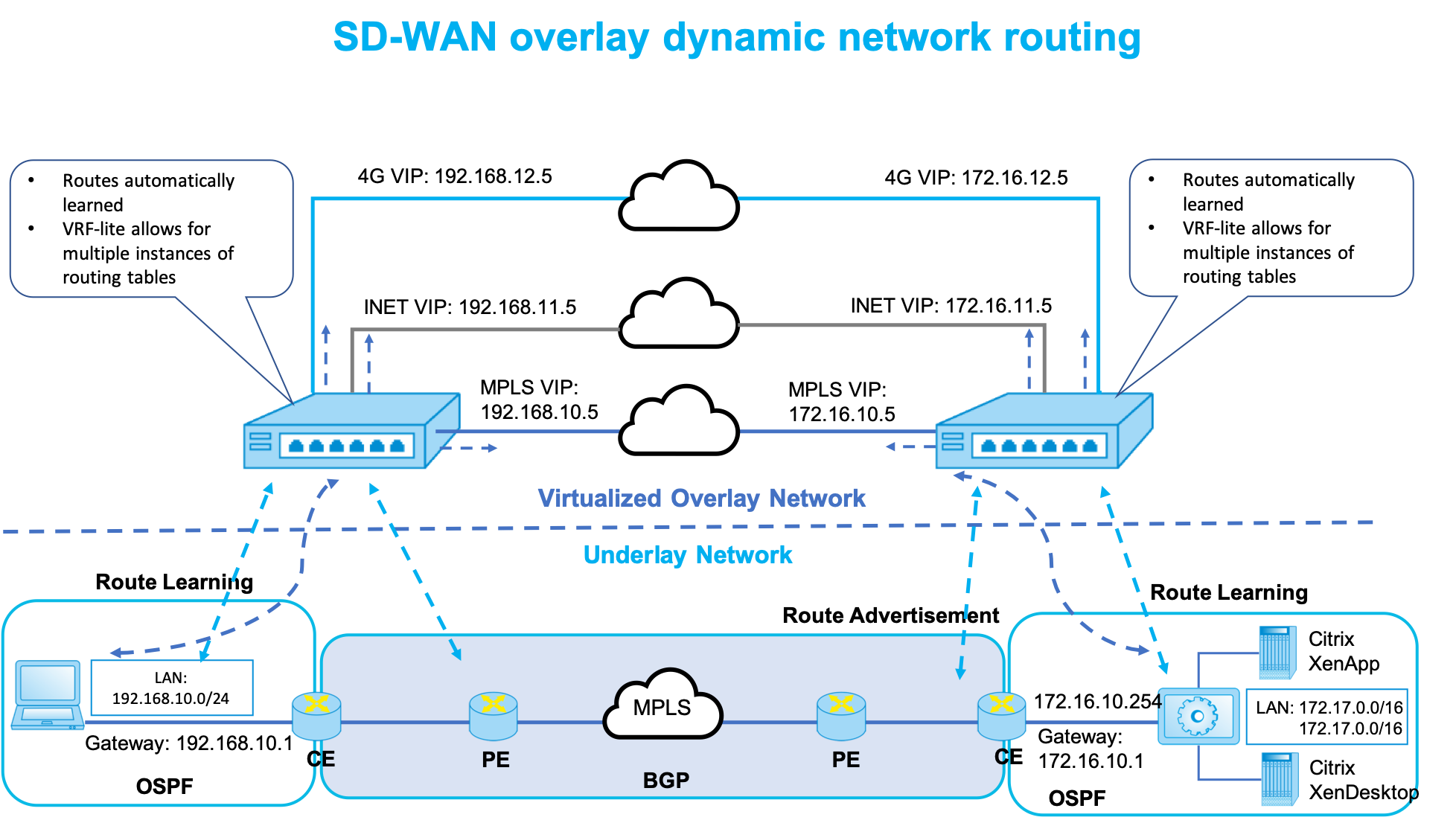-
-
Aufbau eines SD-WAN-Netzwerks
-
-
This content has been machine translated dynamically.
Dieser Inhalt ist eine maschinelle Übersetzung, die dynamisch erstellt wurde. (Haftungsausschluss)
Cet article a été traduit automatiquement de manière dynamique. (Clause de non responsabilité)
Este artículo lo ha traducido una máquina de forma dinámica. (Aviso legal)
此内容已经过机器动态翻译。 放弃
このコンテンツは動的に機械翻訳されています。免責事項
이 콘텐츠는 동적으로 기계 번역되었습니다. 책임 부인
Este texto foi traduzido automaticamente. (Aviso legal)
Questo contenuto è stato tradotto dinamicamente con traduzione automatica.(Esclusione di responsabilità))
This article has been machine translated.
Dieser Artikel wurde maschinell übersetzt. (Haftungsausschluss)
Ce article a été traduit automatiquement. (Clause de non responsabilité)
Este artículo ha sido traducido automáticamente. (Aviso legal)
この記事は機械翻訳されています.免責事項
이 기사는 기계 번역되었습니다.책임 부인
Este artigo foi traduzido automaticamente.(Aviso legal)
这篇文章已经过机器翻译.放弃
Questo articolo è stato tradotto automaticamente.(Esclusione di responsabilità))
Translation failed!
Erstellen eines SD-WAN-Netzwerks
So erstellen Sie ein SD-WAN-Overlay-Netzwerk ohne die Notwendigkeit, SD-WAN-Overlay-Routentabellen zu erstellen:
-
Erstellen Sie einen WAN-Pfad-Tunnel über jede WAN-Verbindung zwischen zwei SD-WAN-Appliances.
-
Konfigurieren Sie Virtual IP, um den Endpunkt für jede WAN-Verbindung darzustellen. Sie können verschlüsselte WAN-Pfade über das aktuelle L3-Netzwerk einrichten.
-
Aggregieren Sie 2, 3 und 4 WAN-Pfade (physische Verbindungen) in einem einzigen virtuellen Pfad, sodass Pakete das WAN mithilfe des SD-WAN-Overlay-Netzwerks anstelle der vorhandenen Unterlage durchlaufen können, die am wenigsten intelligent und kostengünstig ist.
SD-WAN-Routingkomponenten und Netzwerktopologie
-
Lokal — Subnetz befindet sich an diesem Standort (bekannt für SD-WAN-Umgebung)
-
Virtueller Pfad — über den virtualisierten Pfad an die ausgewählte Standort-Appliance gesendet
-
Intranet — Standorte ohne SD-WAN-Appliance
-
Internet — Internet-gebundener Datenverkehr
-
Pass-Through — unberührter Verkehr, in einer Brücke Schnittstelle zum anderen
-
Default-Route (0.0.0.0/0) definiert - Wird für Pass-Through-Datenverkehr verwendet, der nicht von der SD-WAN-Overlay Routingtabelle erfasst oder am MCN verwendet wird, um Clientsites anzuweisen, den gesamten Datenverkehr an den MCN-Knoten weiterzuleiten.

Teilen
Teilen
This Preview product documentation is Cloud Software Group Confidential.
You agree to hold this documentation confidential pursuant to the terms of your Cloud Software Group Beta/Tech Preview Agreement.
The development, release and timing of any features or functionality described in the Preview documentation remains at our sole discretion and are subject to change without notice or consultation.
The documentation is for informational purposes only and is not a commitment, promise or legal obligation to deliver any material, code or functionality and should not be relied upon in making Cloud Software Group product purchase decisions.
If you do not agree, select I DO NOT AGREE to exit.